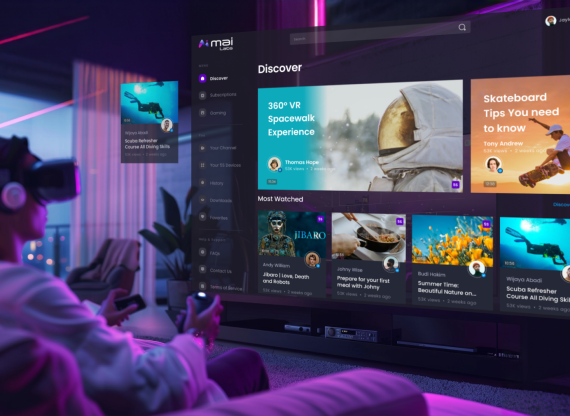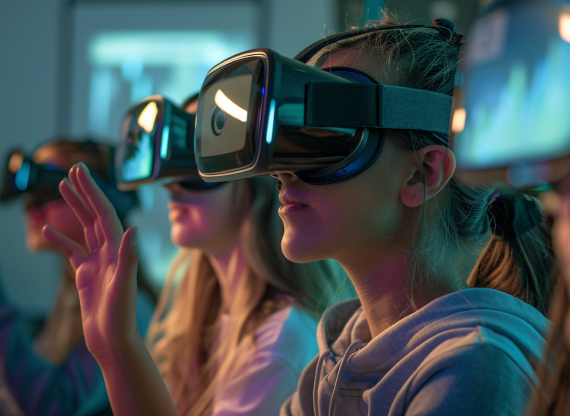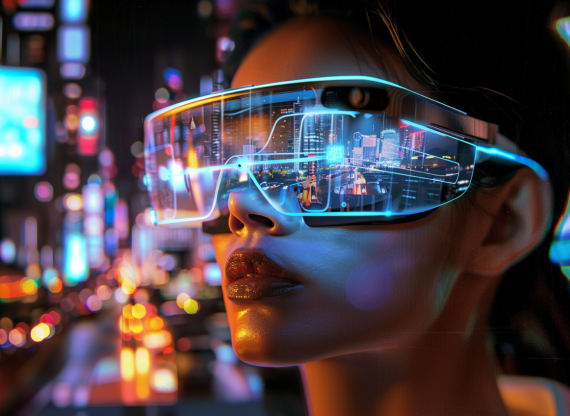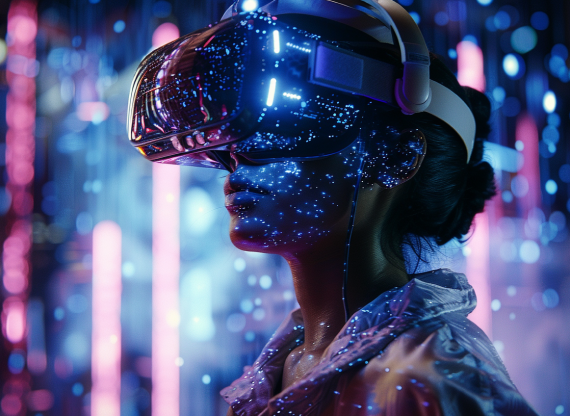In the ever-evolving landscape of digital media, the quest for more immersive and engaging experiences has become a driving force behind technological innovation. One of the most exciting frontiers in this pursuit is the development of multi-sensory content interaction systems. These systems aim to engage users not only through sight and sound but also through additional senses such as smell, taste, and touch, creating a truly immersive and unforgettable experience. Let's delve into the exciting possibilities and potential impact of multi-sensory experiences in digital media.
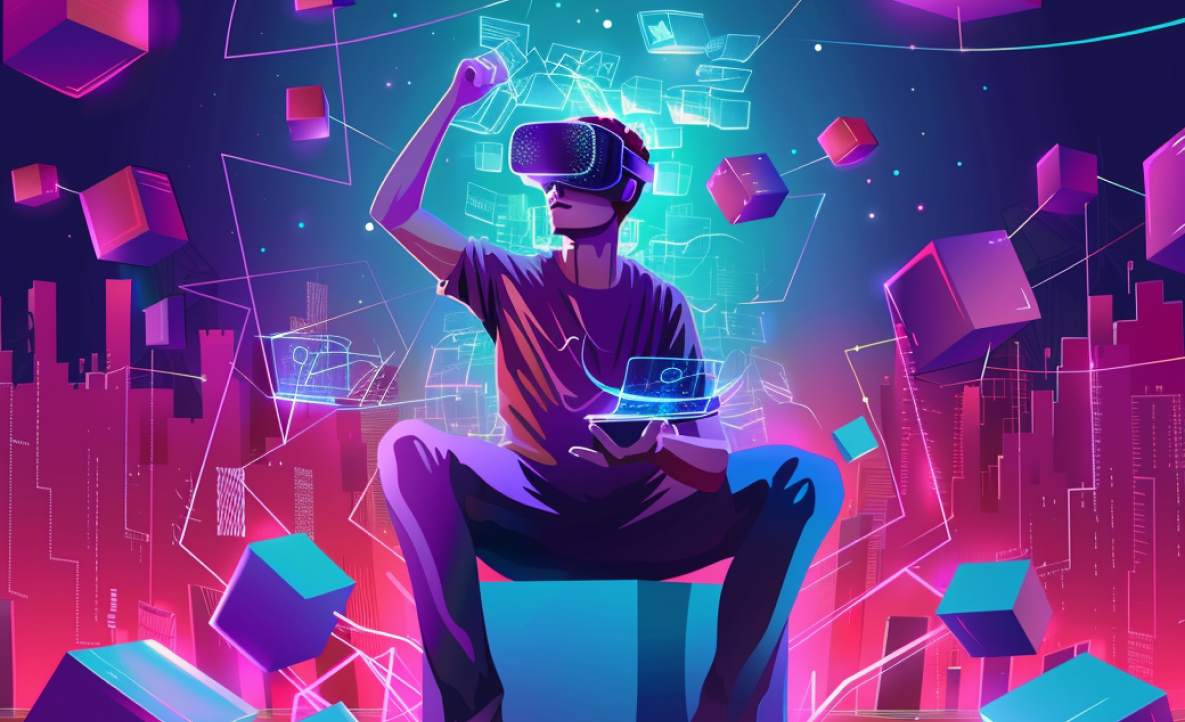
The Rise of Multi-Sensory Experiences
Traditionally, digital media has been limited to visual and auditory interactions. However, recent advancements in technology have paved the way for a more holistic approach to content consumption. From virtual reality (VR) and augmented reality (AR) to smart furniture and wearable devices, innovations in multi-sensory technology are reshaping the way we engage with digital content.
Unlocking New Dimensions of Engagement
Imagine watching a movie and being able to smell the scent of the ocean breeze or taste the flavors of the food on screen. Picture playing a video game where you can feel the texture of virtual objects or hear the footsteps of approaching enemies. These are just a few examples of how multi-sensory experiences can enhance immersion and engagement in digital media.
Applications Across Industries
The potential applications of multi-sensory technology extend far beyond entertainment. In the realm of education, immersive experiences can bring history lessons to life, allowing students to see, hear, and even feel the events they are studying. In healthcare, virtual reality simulations can help patients manage pain and anxiety by engaging multiple senses. Even in marketing and advertising, brands are leveraging multi-sensory experiences to create more memorable and impactful campaigns.
Challenges and Considerations
While the possibilities of multi-sensory technology are exciting, there are also challenges to overcome. Technical limitations, such as device compatibility and sensory accuracy, must be addressed to ensure a seamless and immersive experience for users. Additionally, ethical considerations surrounding data privacy and user consent must be carefully navigated to protect user rights and ensure responsible use of sensory data.
The Future of Digital Media
As technology continues to advance, the future of digital media is undoubtedly multi-sensory. From interactive movies and immersive gaming experiences to personalized advertising and virtual travel adventures, the possibilities are endless. By engaging multiple senses, content creators can forge deeper connections with their audiences, fostering a new era of creativity, innovation, and engagement in digital media.
In conclusion, multi-sensory experiences represent a paradigm shift in how we interact with digital content. By engaging sight, sound, smell, taste, and touch, these experiences offer a new dimension of immersion and engagement, unlocking endless possibilities across industries. As technology continues to evolve, the future of digital media is bound to be multi-sensory, promising exciting new experiences for users around the world.


